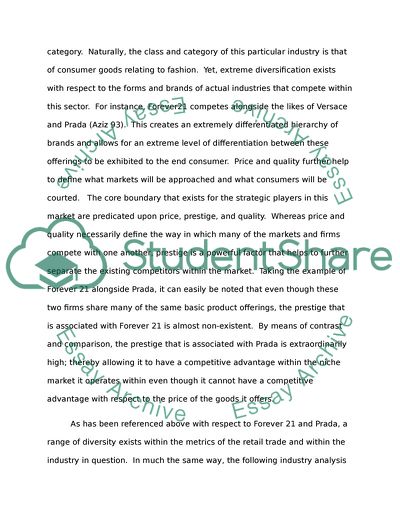Cite this document
(“Strategic grouping, competition, and consumer behavior Essay”, n.d.)
Retrieved from https://studentshare.org/marketing/1647094-branding
Retrieved from https://studentshare.org/marketing/1647094-branding
(Strategic Grouping, Competition, and Consumer Behavior Essay)
https://studentshare.org/marketing/1647094-branding.
https://studentshare.org/marketing/1647094-branding.
“Strategic Grouping, Competition, and Consumer Behavior Essay”, n.d. https://studentshare.org/marketing/1647094-branding.


